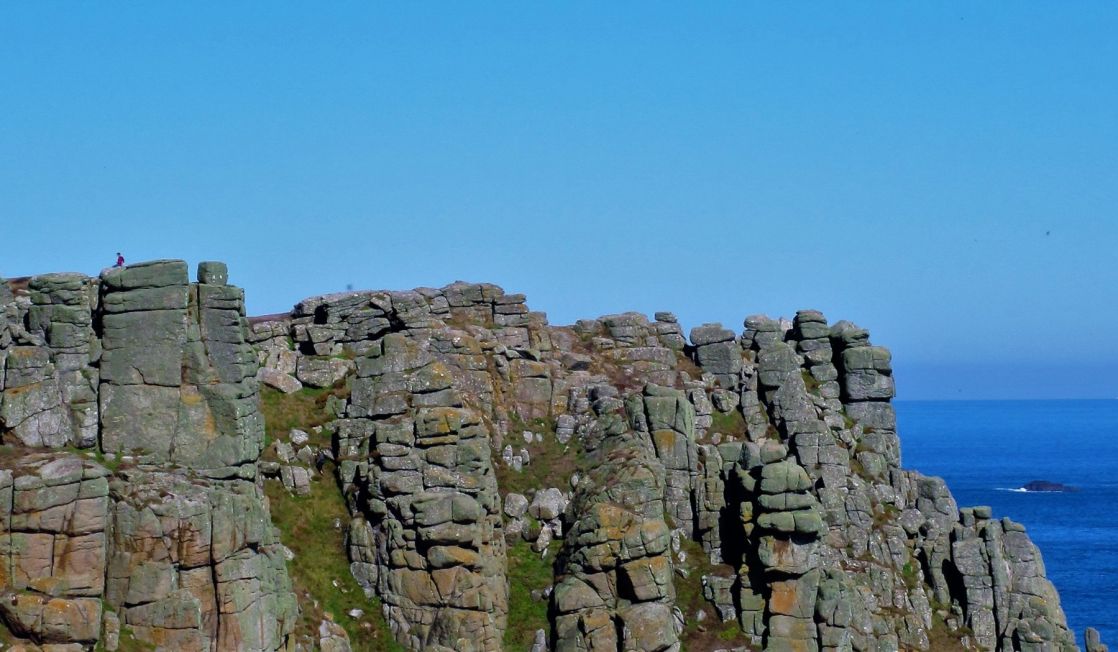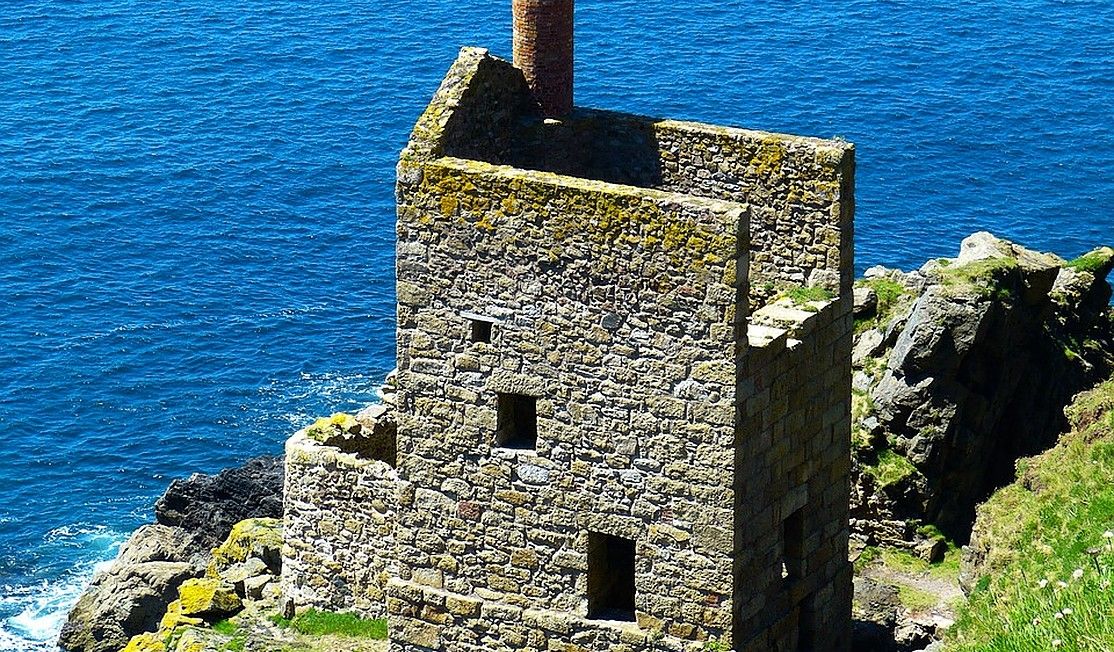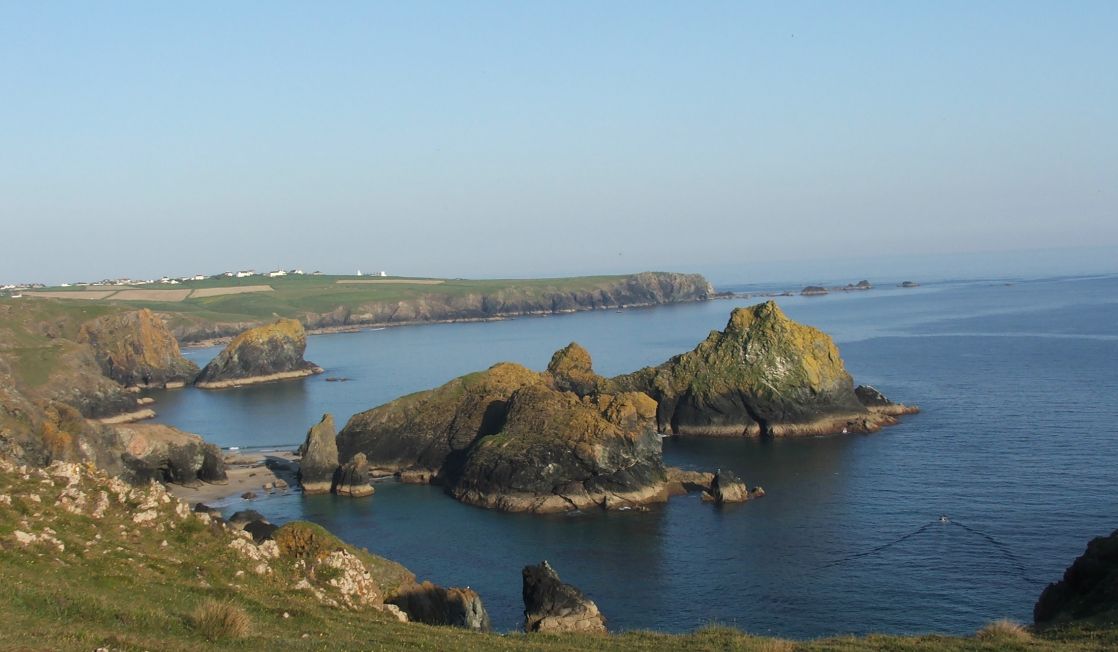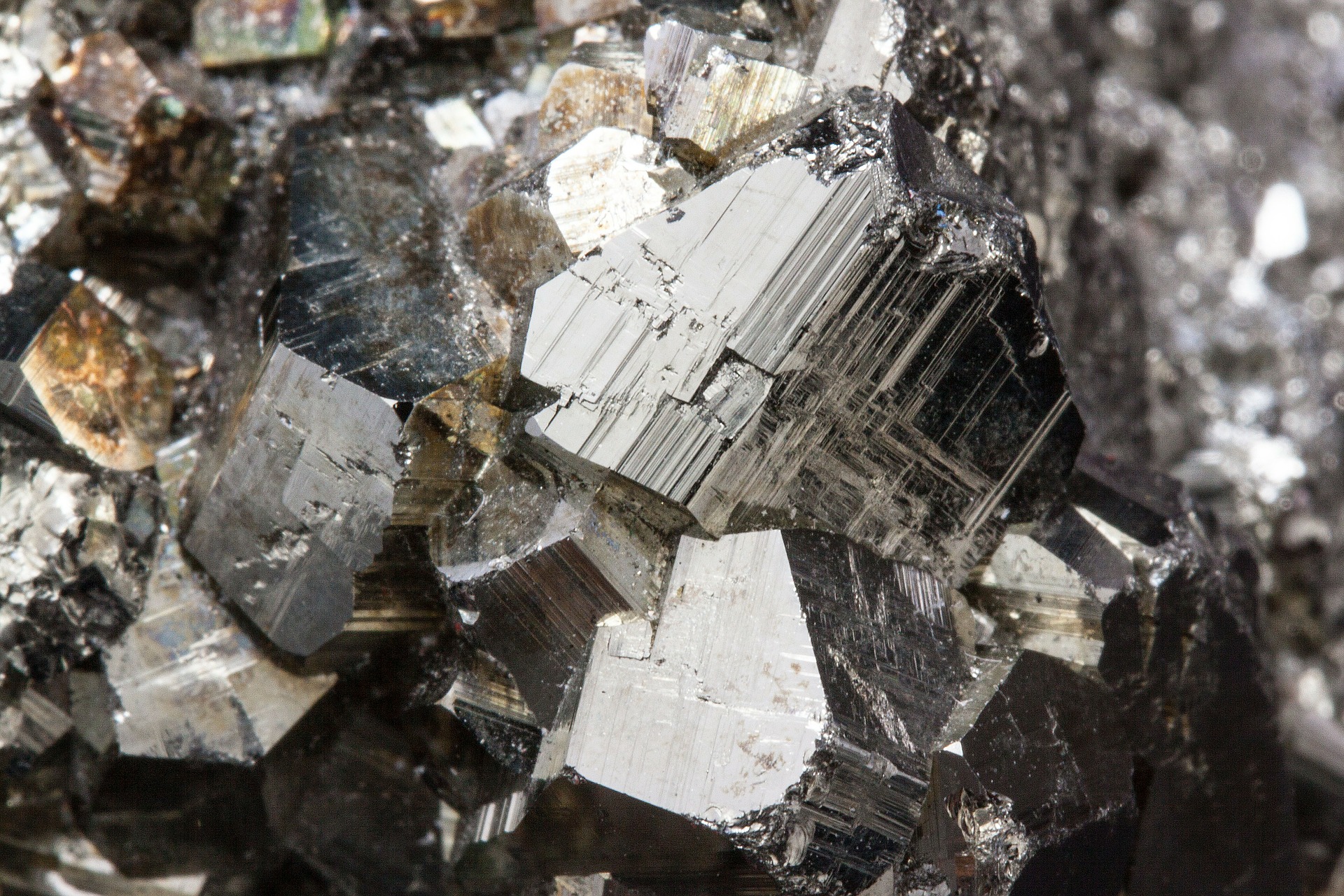There are many reasons to come to Cornwall on a walking holiday: the coastal views, the climate, Cap’n Poldark… However, increasingly, we’re hearing from visitors who have come here to discover the Duchy’s fascinating geology. Mined for centuries for its tin, copper and other minerals, Cornwall’s rocks have a lot to tell us about the development of today’s landscape and our relationship with it.
Our mineral-rich heritage is all around us, and all our walking holidays take in areas of special geological interest. To narrow it down, we’ve put together a selection of the best coastal walking tours for geologists in Cornwall.
Granite has shaped our landscape. It gives West Cornwall its dramatic cliffs and moors, punctuated with rocky outcrops and boulders. It’s also, by default, the local building material, most noticeably in the ruined engine houses that still dot Penwith, seemingly indestructible.
Our St Ives to Mousehole walk leads around the granite cliffs and across the moors, taking in Bosigran crag, a favourite climbing spot, and Chun Quoit, a dolman created from the granite thousands of years ago. The walk passes through the tamed granite of The Minack; and look out for the Logan Rock, a 65-ton boulder that looks like it’s teetering on the edge of the cliff (“logging” means rocking).

Tin, copper, arsenic, silver and zinc have all been mined in Cornwall. Again, granite plays a part, as West Cornwall’s mineral-rich earth was created by the intrusion of granite into sedimentary rock. Tin added to molten copper produces the bronze alloy – so you can imagine the importance of Cornwall’s geology to early British civilisations.
Today, we can see the scars of centuries of mining on Cornwall’s landscape. The old engine houses seem to rise naturally out of the earth, built from the same rock. Most of our Cornish walking holidays take in evocative old mining sites; however, for the high concentration of both mining heritage and prehistoric sites, we’d recommend the St Ives to Pendeen tour.

To walk along the Lizard is to walk on ancient ocean floors. The peninsula was thrust upwards into existence in the Devonian period (400 million years ago); however, the Lizard’s famous Serpentine rock is far older, thought to be 600 million years old.
Serpentinite is a metamorphic rock made up from a group of serpentine minerals. It varies around the world, and our local variation is called “lizardite”. Kynance Cove is the best place to view the dramatic green and red rock in situ, and our epic St Ives to Lizard walk takes you through this beautiful ancient landscape.
Serpentine gets its name from its slippery, snake-like texture, which you can clearly see at Kynance. The Lizard’s name, sadly, is nothing to do with reptiles, and comes from the Cornish lys ardh, a high court.

Most Cornish geology comes from two periods: the Devonian (over 400 million years ago) and the Carboniferous (a mere 350 million). If you’re searching for fossils in Cornwall, most will originate from the seas of these periods.
The best fossil hunting spots are around Bude, Padstow and Trevose Head. Our beautiful north coast walk starts at St Ives and finishes in Padstow, giving you the chance for a spot of fossil hunting at the end. You’ll pass through the copper town of Hayle, and see countless chimney stacks around St Agnes: the practical significance of Cornwall’s geology is all around us.

At the end of our St Ives to St Agnes walk, add on an extra 10 miles or so (or catch the bus) from St Agnes to Truro. The Royal Cornwall Museum has a permanent collection of Cornish minerals, including the famous Rashleigh Collection.
Cornwall’s natural history is presented alongside the story of mining, creating a fascinating display that’s housed in beautiful old wooden display cabinets. The whole museum is a brilliant introduction to Cornwall’s natural history, and there’s a tempting café…
If you’d like to know more about our Cornish walks and their local geology, please get in touch with us. We’re not geologists ourselves; however, over the years we’ve learned about some significant sites, and we can make sure you visit them on one of our tours.
Ontvang als eerste alle Laatste Nieuws en Speciale Aanbiedingen...